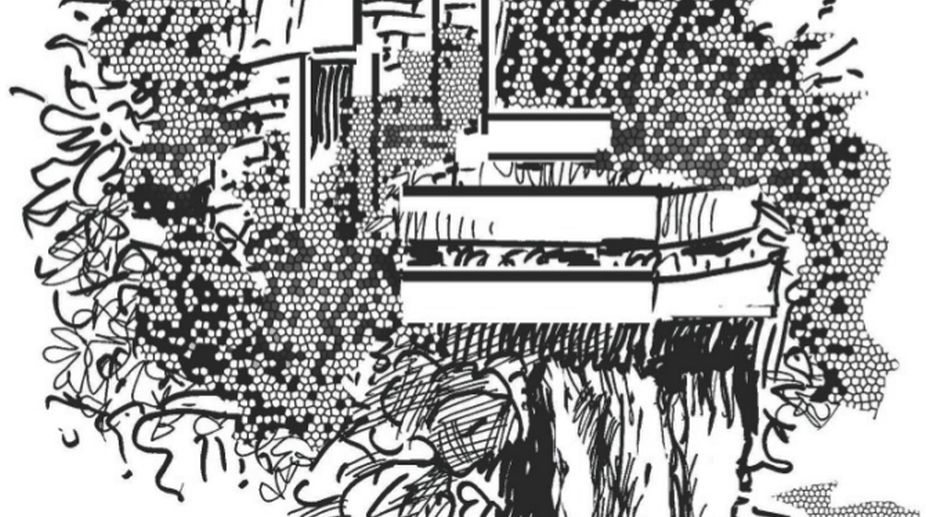I have two disparate and strong feelings about houses. First , I don’t like to own houses. Houses are for living in, and I am perfectly content to live in rented houses. I would pay the dues every month and let the landlord look after such prosaic things as fixing the plumbing and painting the deck. Some fusspot may say, “You can’t then have just the kind of house you like.” Nobody can. Practically everybody buys a house some building company has designed, and such designs invariably reflect what the average buyer wants. Rent or buy, your choice is always limited by what the market offers.
Second, I don’t like to change houses. That is putting it mildly. I hate the idea of moving. Imagine having to put all your things in boxes, taking them somewhere else, breaking some of them in the process or at least mixing them all, then rearranging them in a new place, and having to remember where you placed them when you need them. It is the closest thing to a nightmare. What avails all this pain? A larger house, a modern kitchen or a fancier bathroom? You compromise the quality of your life for a mess of pottage.
I realize these ideas are sacrilegious. Buying a home is the great middle-class dream. It is the asset you must acquire after you have bought a car. It is like buying a book you will not read or acquiring a piano you never intend to play. If a home is to live in, the quality of living is what matters, and the idea of ownership is not just secondary, but irrelevant.
The idea of moving up, from a smaller house to a large one, from one neighbourhood to a more elite one, is sacrosant. Everybody does it. In fact, not to do so is to confess that you have given up on the finer things of life. You have, in reality, only given up on an immensely painful transition for a reasonably tranquil and comfortable existence.
Think for a second of the ultimate dream. Imagine you have the time and money to acquire the land, hire an architect and build a house that exactly matches your notion of an ideal home. I had occasionally entertained the idea that it might be a superlative thing to create a house of one’s dream and live in it. The idea promptly hit the dust when I visited what many consider the most beautiful home ever built, by one of the greatest architects who ever lived.
Edgar Kaufmann, who owned the largest department store in Pittsburgh, owned and visited a cabin in the Laurel Highlands of the Allegheny Mountains, in rural southwestern Pennsylvania forty miles from the city. What he liked most about the cabin was that he had a view of a picturesque waterfall in the Bear Run area. He thought of building a summer home there, whence he could see the waterfall daily. He engaged an architect he had heard about from his son studying architecture. He was simply the greatest living architect, Frank Lloyd Wright.
The charmingly named Fallingwater mansion in Pennsylvania, built in the thirties, is stunningly beautiful. It is a National Landmark and Smithsonian lists it as “a place to visit before you die.” I almost felt my heart stop when I had my first look. It is simply the loveliest home one could have. But the Kaufmanns don’t live there and haven’t for a long while.
I wouldn’t either. It is a house to dream about, not to live in. As I walked into each room, I asked myself if I could live there, I instantly knew the answer. No. I realized for the first time that, while we don’t want to live, eat, work or sleep in an ugly room, we don’t necessarily want to do any of those things in the most beautiful of rooms.
Let me add: Kaufmann wanted to see the waterfall from his home; Wright had his own idea and built a house right on top of the waterfall. The thousands who visit the house in the Steward Township of the Fayette county have a great view of the house and the waterfall. But I doubt Edgar Kaufmann felt he had the view he wanted in the first place.
The writer is a Washington-based international development advisor and had worked with the World Bank. He can be reached atmnandy@gmail.com











